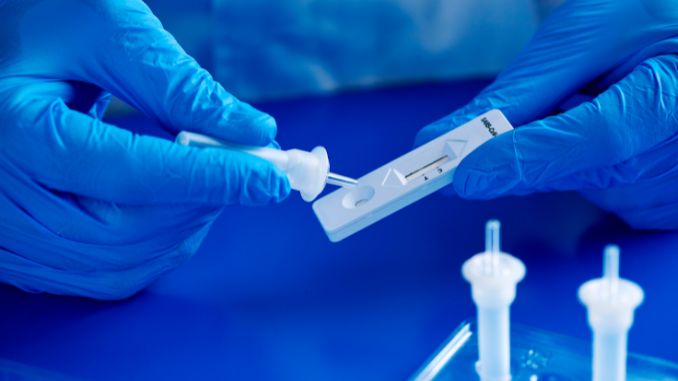The laboratory parameters in predicting the severity and death of COVID-19 patients: Future pandemic readiness strategies
DOI:
https://doi.org/10.17305/bb.2023.9540Keywords:
Coronavirus disease 2019 (COVID-19), hospitalized patients, laboratory parameters, mortality, predictors, severityAbstract
The range of clinical manifestations associated with the infection by the severe acute respiratory syndrome coronavirus 2 (SARS-CoV-2) encompasses a broad spectrum, ranging from flu-like symptoms to the occurrence of multiple organ failure and death. The severity of the coronavirus disease 2019 (COVID-19) is categorized based on clinical presentation and is divided into three distinct levels of severity identified as non-severe, severe, and critical. Although individuals of all age groups are susceptible to SARS-CoV-2 infection, middle-aged and older adults are more frequently impacted, with the latter being more likely to develop severe illness. Various laboratory characteristics observed in hospitalized COVID-19 patients have been correlated with adverse outcomes. These include elevated levels of D-dimer, liver enzymes, lactate dehydrogenase, C-reactive protein, ferritin, prothrombin time, and troponin, as well as decreased lymphocyte and platelets counts. This review investigated the relationship between baseline clinical characteristics, initial laboratory parameters upon hospital admission, and the severity of illness and mortality rates among COVID-19 patients. Although the COVID-19 pandemic has concluded, understanding the laboratory predictors of virus severity and mortality remains crucial, and examining these predictors can have long-term effects. Such insights can help healthcare systems manage resources more effectively and deliver timely and appropriate care by identifying and targeting high-risk individuals. This knowledge can also help us better prepare for future pandemics. By examining these predictors, we can take steps to protect public health and mitigate the impact of future pandemics.
Citations
Downloads

Downloads
Published
License
Copyright (c) 2023 Ahmad R. Alsayed, Syed Imran Ahmed, Anas Osama AL Shweiki, Mustafa Al-Shajlawi, Nancy Hakooz

This work is licensed under a Creative Commons Attribution 4.0 International License.
How to Cite
Accepted 2023-08-30
Published 2024-03-11









